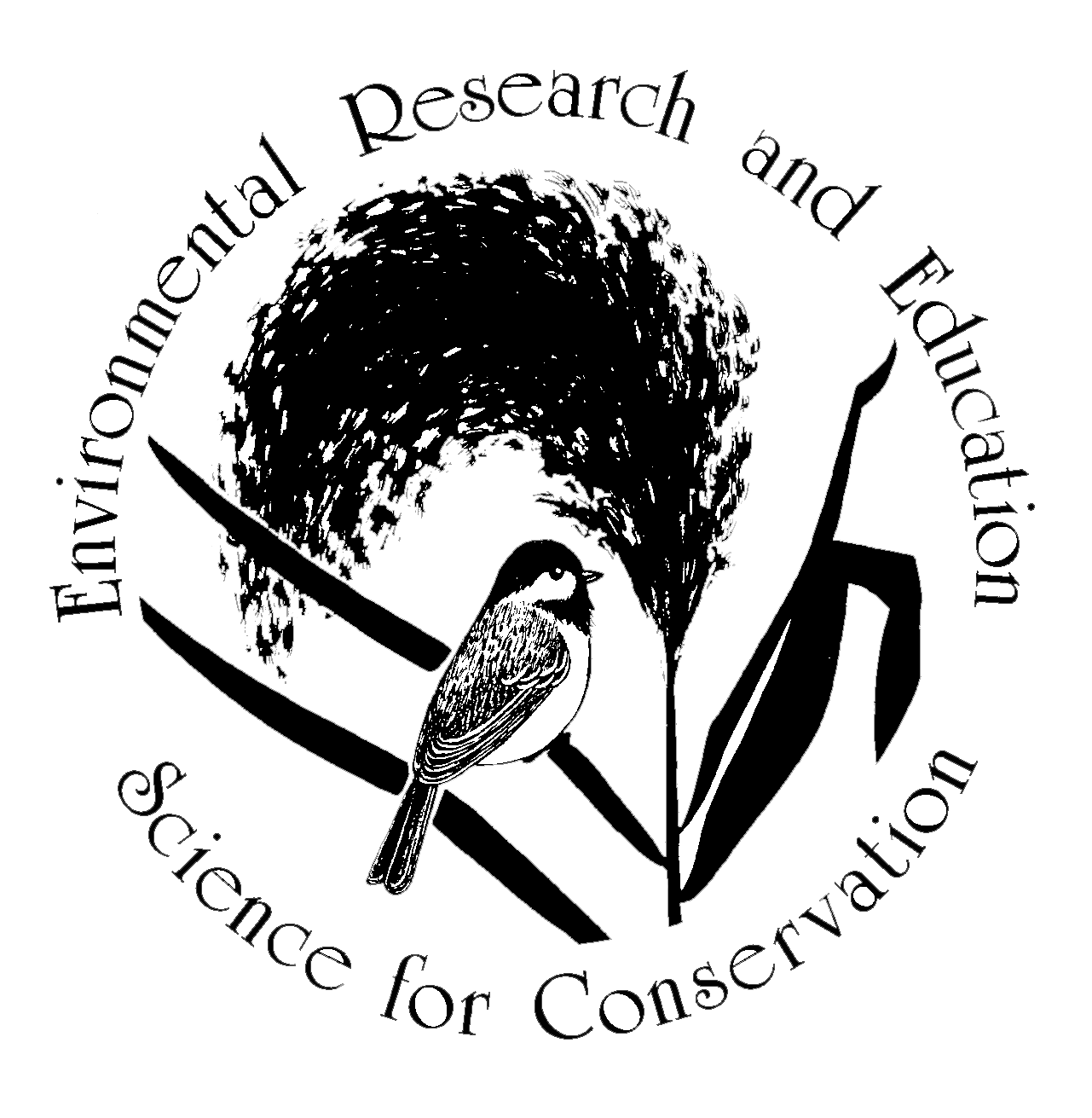Identification and Protection of Small Streams and Wetlands: A Field Workshop
Small streams and wetlands constitute a huge percentage of our waterways and serve outsized roles in aquatic and terrestrial ecosystems, but many do not appear on public maps. Although they are threatened by our land uses and by the changing climate, most are unprotected by federal and state laws. Some Hudson Valley communities have amended their local codes to extend protections to these important resources.
In this field workshop, we discussed the values of small wetlands and streams; how to find and identify them, even in their dry condition; threats to wetlands and streams; and effective regulatory and non-regulatory protections.
The program was especially designed for municipal officials, including members of planning boards and conservation advisory councils, and for members of watershed groups, land trust staff, and others who are regularly engaged in municipal or other land use planning and policy-making, reviewing land development proposals, advising landowners, or making land management or regulatory decisions.
The program was led by Hudsonia Ltd. in collaboration with the Hudson River Estuary Program.
This workshop was offered on two separate dates:
New Paltz, Ulster County: Tuesday, September 26, 2023; 2:00-4:30pm (Inclement weather date: September 29)
Coeymans, Albany County: Wednesday, October 4, 2023; 2:00-4:30pm (Inclement weather date: October 5)
Municipal training certificates for 2.5 hours of credit were available.
This program was held in partnership with Cornell University and the NYSDEC Hudson River Estuary Program, and funded by the NYS Environmental Protection Fund.
For additional resources on this topic, please visit our past webinar recordings, such as Headwater Streams: Identifying and Protecting an Essential Resource 3-Part Webinar Series. You can also visit the DEC’s Hudson River Estuary program page for additional past webinar recordings.
Find municipal conservation planning documents on Hudsonia’s Biodiversity Fact Sheet page or on the HR Estuary/Cornell website.

